
Lighting Strategies for Tissue Culture and Micropropagation - Nexsel Tech
- Home
- Lighting Strategies for Tissue Culture and Micropropagation
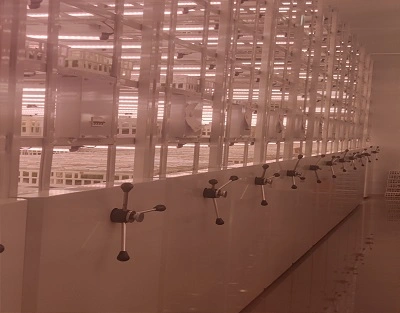
Lighting Strategies for Tissue Culture and Micropropagation
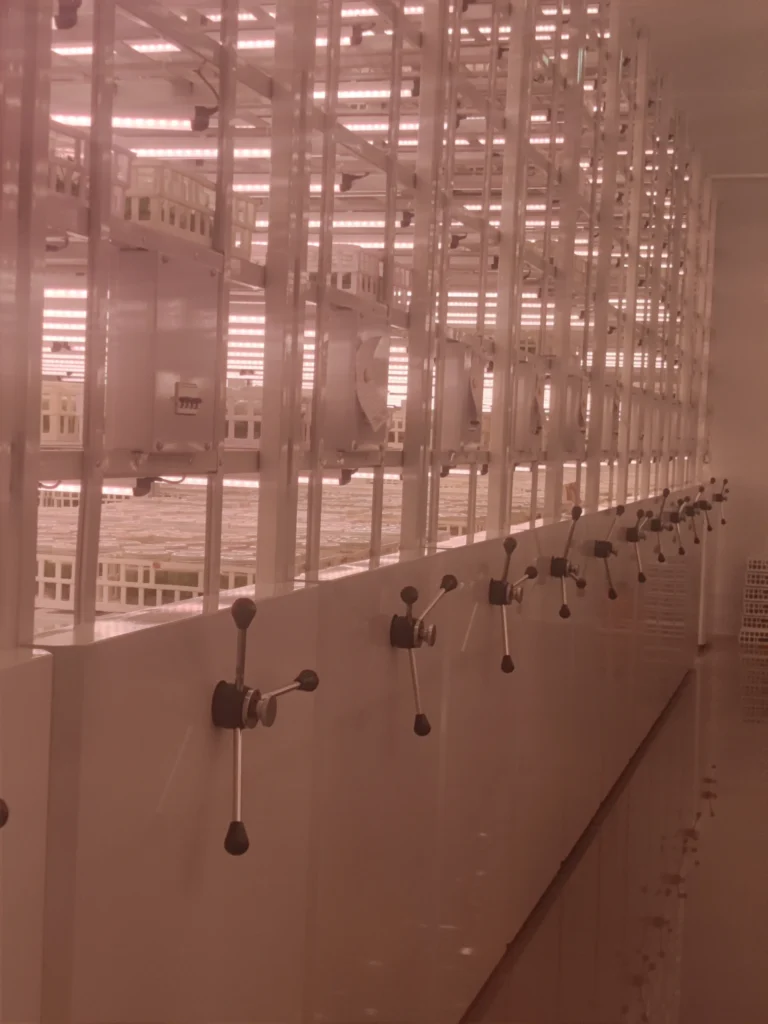
Introduction to Tissue Culture and Micropropagation : Tissue culture and micropropagation are advanced methods for multiplying plants quickly and efficiently under controlled conditions. These techniques are widely applied in agriculture, horticulture, forestry, and the cultivation of ornamental plants. Tissue culture is particularly valuable for purposes like rapidly propagating disease-free and genetically identical plants or conserving endangered species.
The Importance of Light in Tissue Culture : Light plays a crucial role in both tissue culture and micropropagation, as it forms the foundation of controlled growth environments. Light affects various plant processes, including:
- Photosynthesis: Light is the primary energy source for photosynthesis, the process by which plants convert light energy into chemical energy and produce their own food.
- Photomorphogenesis: Light influences the shape, size, and other physical characteristics of plants. It can affect leaf color, stem length, and overall plant architecture.
- Nutrient Uptake: The presence and quality of light can impact a plant’s ability to absorb and utilize essential nutrients from the growing medium.
- Biomass Accumulation: The intensity and quality of light directly influence plant growth and the development of biomass, which is vital for the production of healthy plants.
- Secondary Metabolites: Specific light wavelengths can stimulate the production of secondary metabolites in plants, which are often responsible for the unique flavors, scents, or medicinal properties of certain species.
- Plant Quality and Productivity: Light management significantly affects plant quality and overall productivity in tissue culture and micropropagation.
Types of Lights for Tissue Culture : Various types of artificial lighting sources are available for tissue culture, including fluorescent, high-intensity discharge (HID), and LED lights. Among these options, LED lights have gained prominence due to their energy efficiency. For example, a 36-watt CFL (Compact Fluorescent Lamp) is roughly equivalent to an 18-watt LED in terms of energy consumption. Since tissue culture facilities often require a large number of lights, LED lights are a cost-effective choice.
Key Parameters for Evaluating Lights:
Light Spectrum (Quality):
- The light spectrum, or the range of colors in the light emitted by the source, is a critical factor. Different wavelengths within the spectrum have specific effects on plant growth. While CFL lights typically provide a well-balanced spectrum suitable for various tissue culture plants, replicating this spectrum with LEDs can be challenging.
- CRI (Color Rendering Index): CRI is an important parameter for visual observations in tissue culture labs. It measures how accurately a light source represents the true colors of objects. For accurate plant assessments, maintaining a good CRI is essential.
- Uniformity of Light Spectrum: Ensuring the uniform distribution of light across the tissue culture area is crucial for preventing uneven plant growth. The use of the appropriate diffuser can help achieve this uniformity.
Light Intensity and Duration :
- Light intensity is a critical factor that directly impacts plant growth. Different plant varieties have varying light intensity requirements. For example, horticultural plants often need higher light intensities, while floricultural plants may thrive with lower levels. Some plants, like date palms, require even higher intensities.
- Light intensity is typically measured in units known as PPFD (Photosynthetic Photon Flux Density), expressed in µmol/m²/s. The optimal light intensity ranges from 30 to 120 PPFD, but exceeding or falling below this range can lead to issues. Excessive light intensity can result in leaf yellowing and even tip burning, while insufficient intensity can cause plants to become elongated and weak.
- Light intensity is determined by two main factors: the wattage of the light source and the distance between the light and the plants. Unlike CFL lights, which generate more heat, LED lights produce minimal heat. Consequently, the distance between light shelves can be reduced from the typical 15-16 inches when using CFL lights to around 10 inches with LED lights.
- Duration of light, known as the photoperiod, defines how many hours the lights are turned on each day. In tissue culture, a photoperiod of 12 to 16 hours is commonly recommended for most plant varieties.
Lighting Management Strategies :
To optimize plant growth in tissue culture, several lighting management strategies can be implemented:
- Modifying Photoperiod: Adjusting the duration of the light and dark cycles to suit the growth stage of the plants, whether it’s rooting, shooting, or acclimatization.
- Utilizing High-Efficiency Light Sources: Select lights with a high PPE (Photosynthetic Photon Efficacy) value of over 1.9 µmol/J, as these lights convert more electrical energy into photosynthetically active radiation.
- Ensuring Light Uniformity: Employ appropriate diffusers to ensure even distribution of light across the tissue culture area, preventing uneven growth and stretching of plants.
Lighting Systems and Technology :
- One of the latest technologies in tissue culture lighting is LED (Light Emitting Diode) grow lights. These lights offer several advantages over traditional lighting sources, such as CFL and MH (Metal Halide) lights:
- Energy Efficiency: LED lights save up to 60% on electricity consumption compared to conventional lighting sources.
- Reduced Heat Emission: LED lights generate less heat, which can lead to a reduction of up to 15% in air conditioning costs. This also allows for closer shelf spacing, increasing production capacity by up to 15%.
Environmental Control and Automation : In tissue culture and micropropagation, light is just one of many parameters affecting plant growth. Factors like nutrient levels, temperature, humidity, carbon dioxide concentration, and air circulation are equally important. Optimizing the entire growth environment, including the integration of LED lighting, can lead to better results. Automation systems are essential for precise control of these parameters.
Case Studies and Success Stories : Several plant species have been successfully tested under LED grow lights, including bananas, gerberas, bamboo, date palms, orchids, and more. One notable success story is the adoption of LED lights in gerbera tissue culture. By replacing 36-watt CFL lights with 15-watt LED lights, substantial energy savings were achieved. In one facility, 1280 lights were replaced across six growth rooms, resulting in a return on investment of approximately 15 months, including installation costs.
Measuring Instruments : Measuring light spectrum and intensity accurately is essential for successful tissue culture. Two common instruments used for these measurements are:
- Spectrometer: This device measures various lighting parameters, including spectrum graph, spectrum percentage, light intensity, Correlated Color Temperature (CCT), Color Rendering Index (CRI), and the Blue-to-Green (B:G) ratio.
- PAR Meter (Photosynthetically Active Radiation Meter): This tool is used to measure light intensity, specifically in the range of light that plants use for photosynthesis.
For more detailed information on measuring light intensity, you can refer to the article on how to measure light intensity for plants. https://www.nexsel.tech/how-to-measure-light-intensity-for-plants.php
Challenges and Considerations : Implementing LED lighting in tissue culture does come with some challenges and considerations:
- High Capital Cost: LED lights can be more expensive initially compared to CFL lights. A 36-watt CFL costs around INR 250, while an LED grow light costs around INR 700.
- Awareness: Growers may not yet be fully aware of the benefits of LED grow lights.
- Challenging Replacement: Replacing CFL lights with LED lights may involve the removal of ballasts and rewiring, which can be labour-intensive.
- Testing on All Plant Types: LED lights are relatively new, and not all plant species have been thoroughly tested under these lighting conditions. Some plants may require additional research, especially those previously grown under CFL lights that produced more heat, impacting leaf surface temperature (LST). For such plants, further adjustments, such as increasing room temperature or adding infrared (IR) lighting, may be necessary.
Regulatory and Safety Guidelines : With a large number of lights in a single area, ensuring safety is crucial. LED lights should comply with safety certifications like RoHS (Restriction of Hazardous Substances) and CE to provide proper safety measures.
Conclusion : Getting the lighting right is essential for achieving healthy and robust plant growth in tissue culture and micropropagation. LED lights have emerged as an energy-efficient and cost-effective choice for these applications. By carefully considering parameters like light spectrum, intensity, and duration, along with effective management practices, we can nurture plants in a controlled environment and look forward to a bright future for tissue culture.
- Blog Categories
- Basic of Artificial Lighting for Plants
- Basic of grow Light
- Case Studies
- General Awareness
- Indoor Vertical Farming
- Medical Plant Research
- Online Tool
- Pitch Grow Light
- Plant Lighting Measurement
- Speed Breeding
- Supplemental Lighting
- Tissue Culture Grow Lights
- Vertical Green Wall
- LED Grow Lights
- Pharma Segment
- General
Popular Products
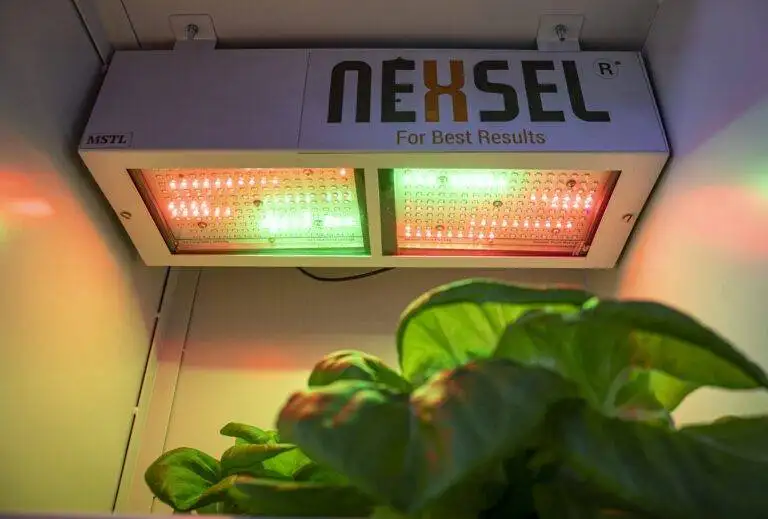
Enquire Now
Quick Link
Other Links
Design & Developed By VBTEK


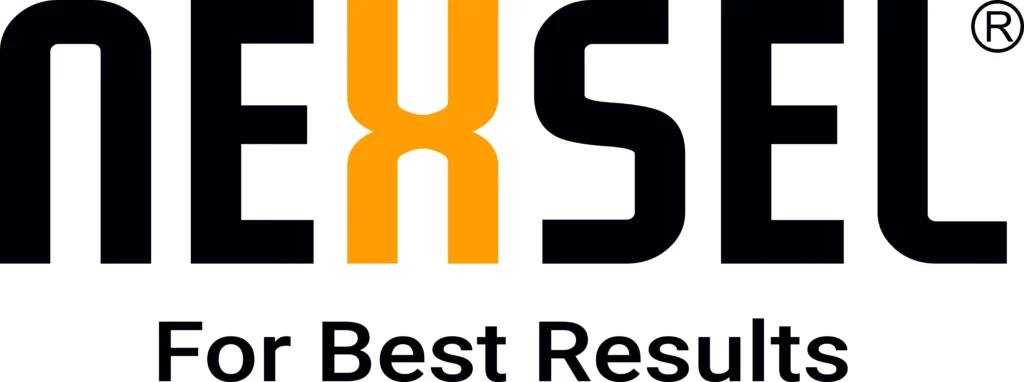
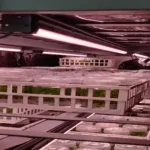
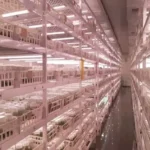
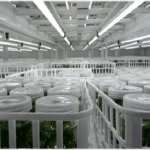
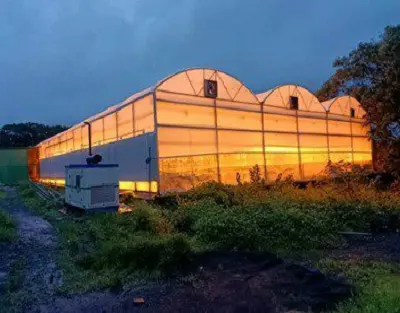
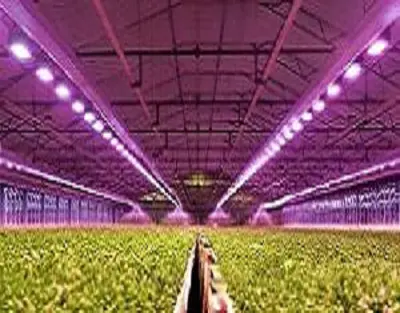
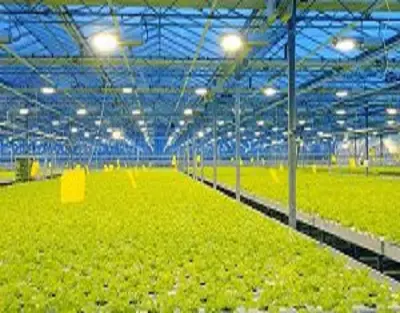
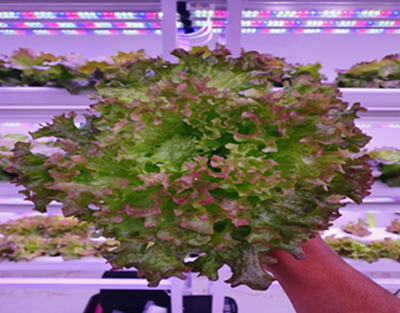
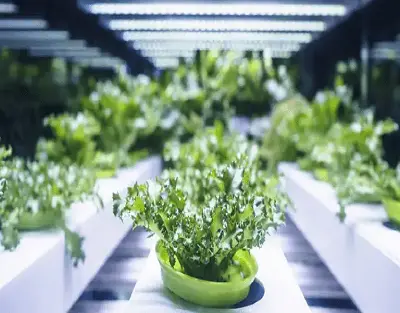
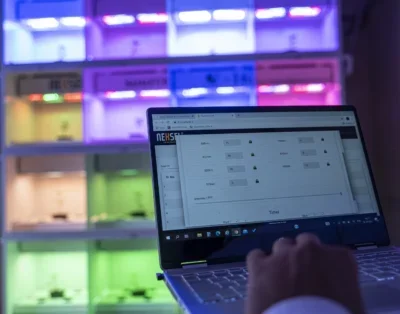
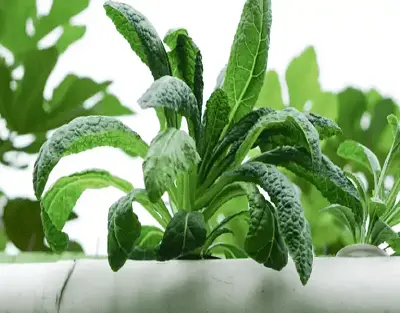
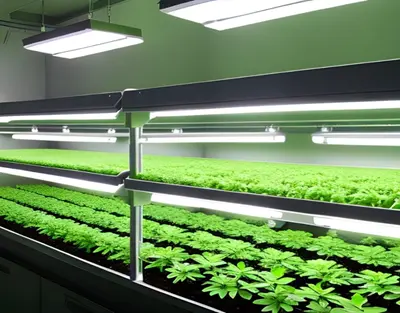
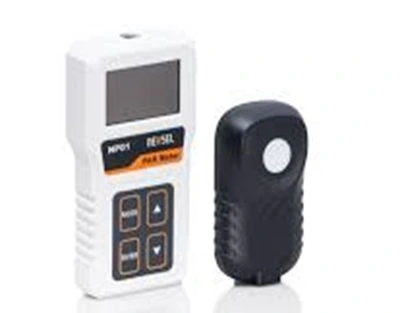
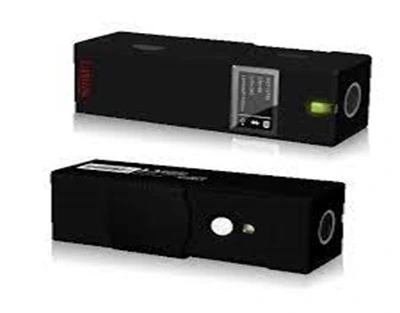
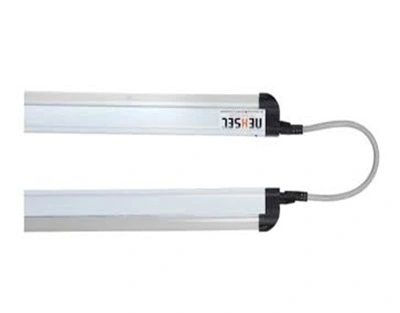
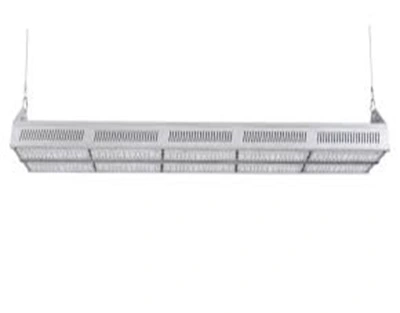
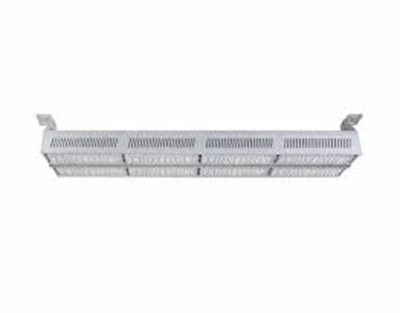
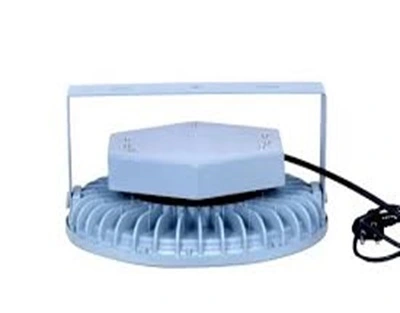
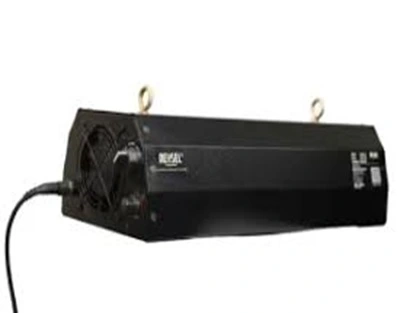
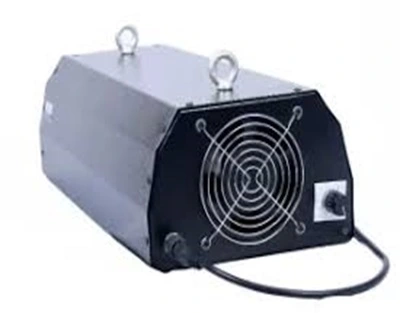
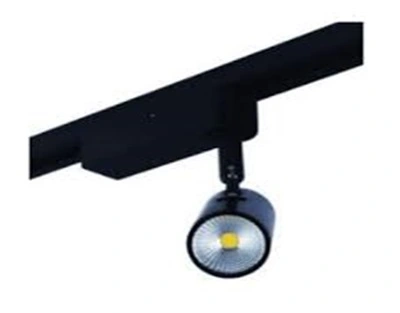
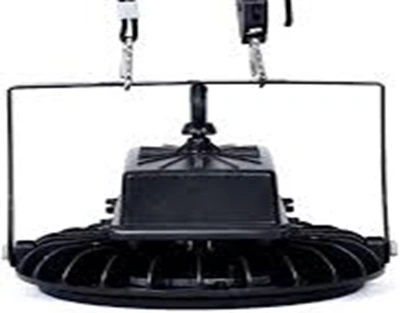
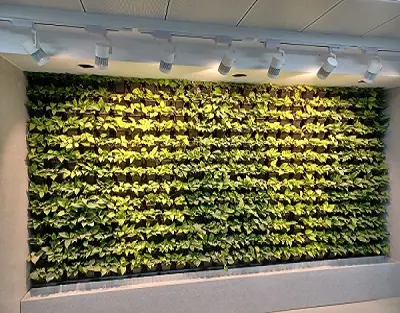
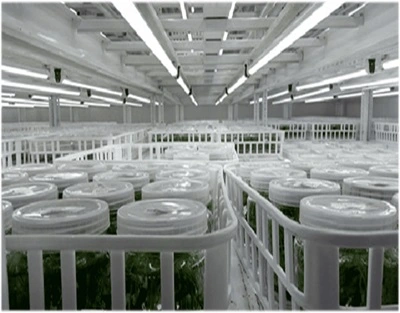
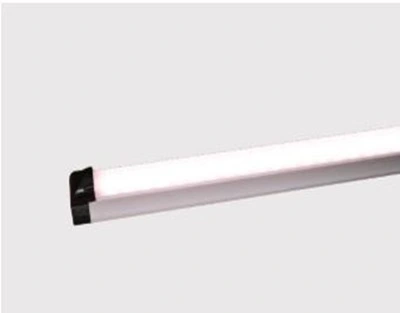
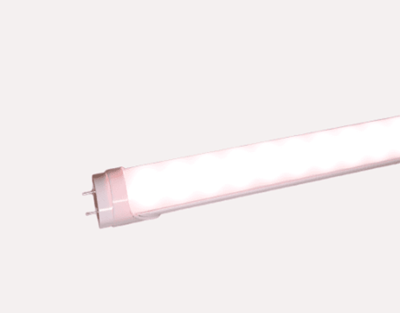
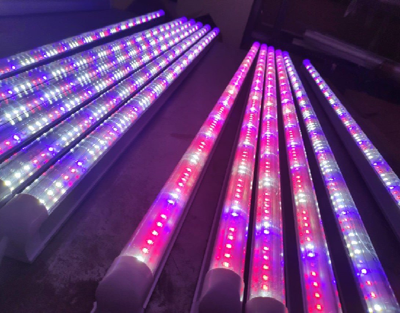
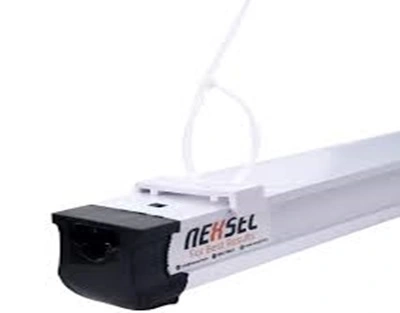


Leave A Comment